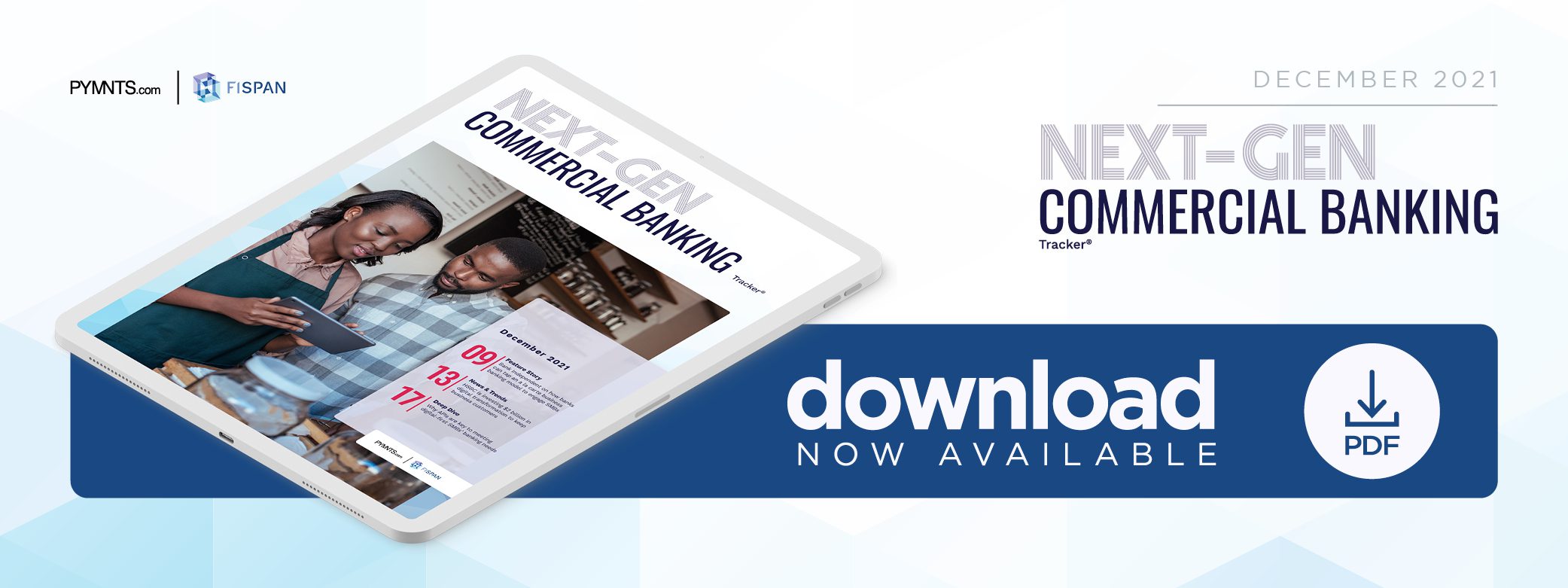Deep Dive: How FIs Can Tap APIs to Meet SMBs’ Shifting Banking Needs

Nearly all of the businesses operating in the U.S. are small- to medium-sized businesses (SMBs), and they employ more than 47% of Americans, according to 2019 data from the Small Business Administration’s Office of Advocacy. Even the pandemic and its ensuing economic downturn were not enough to keep these enterprises from launching last year, with nearly one-third more SMBs forming in 2020 than in 2019. SMBs represent an integral part of the global economy, but their lower loan values and higher chances of business failure historically have left them underserved by the financial industry.
Legacy financial institutions (FIs) have begun to view SMBs with more interest in recent years, however, as FinTechs, neobanks and other digital-first players have courted midmarket companies with convenient loan products and online banking tools. As an example, cross-border payment service Wise — formerly TransferWise — signed up 10,000 new SMB customers each month last year, as small companies left former banking partners for swifter payment experiences.
Banks that have yet to adjust their offerings to serve SMBs’ changing needs during the ongoing digital migration may struggle to engage and retain these clients in the long run.
The following Deep Dive explores how SMBs’ banking needs and preferences are shifting and details what legacy FIs must do to meet these needs. It also examines which tools and technologies are becoming critical to providing SMBs with satisfactory banking experiences and how banks can utilize these tools to boost SMBs’ engagement and loyalty.
Keeping up With SMBs’ Banking Needs
SMBs’ expectations of their banks are following now-familiar trends. Decision-makers at these companies are seeking the same swift, convenient digital experiences they enjoy as consumers, especially as the need for seamless payments becomes more critical for smaller businesses.
Delayed payments from clients and industry partners have become a significant problem for SMBs, with PYMNTS data revealing that 14% of B2B receivables were overdue for firms making less than $50 million in annual revenue in 2020. A 2020 Mastercard study found that the pandemic prompted 82% of U.S. SMBs to change the way they send and receive payments, and 50% added a new digital service for collecting funds to solve cash flow problems.
The study noted that cash flow became a priority for SMBs because the health crisis magnified many of their existing payment frictions — 48% of small businesses said their companies were just one missed payment away from going under. SMBs surveyed in a February 2021 study remained in a precarious position, with 80% saying they would need social or financial support to survive another public health lockdown, despite 74% of them believing they were “financially resilient.”
These difficulties have pushed many SMBs to search for banking partners that can help them receive and access their funds as quickly as possible. This poses both an opportunity and a challenge for legacy FIs. Banks hoping to capture SMBs’ attention must offer real-time payment tools and other digital business-to-business (B2B) services, but these solutions alone will not help them compete in an increasingly crowded landscape.
Growing ranks of FinTechs and neobanks are tailoring their offerings to meet SMBs’ shifting payment needs, and FIs can gain a competitive advantage by using application programming interfaces (APIs) to connect and customize seamless payment services with SMBs’ own tools and platforms.
APIs’ Critical Role for SMB Banking
Leveraging APIs is a key strategy for FIs looking to engage SMBs as they digitize to boost cash flow and profitability. The technology allows banks to support real-time payment services as well as electronic invoicing and other B2B tools that can grant companies more transparent views into their finances. APIs are quickly becoming table stakes for the financial industry as SMBs seek the level of speed and personalization in business banking that they have come to expect from their consumer banking experiences.
The connectivity APIs provide is proving crucial to staying ahead in the next-gen B2B banking world, and banks wishing to gain and retain SMBs’ loyalty will want to make APIs a central part of their business strategies going forward.
